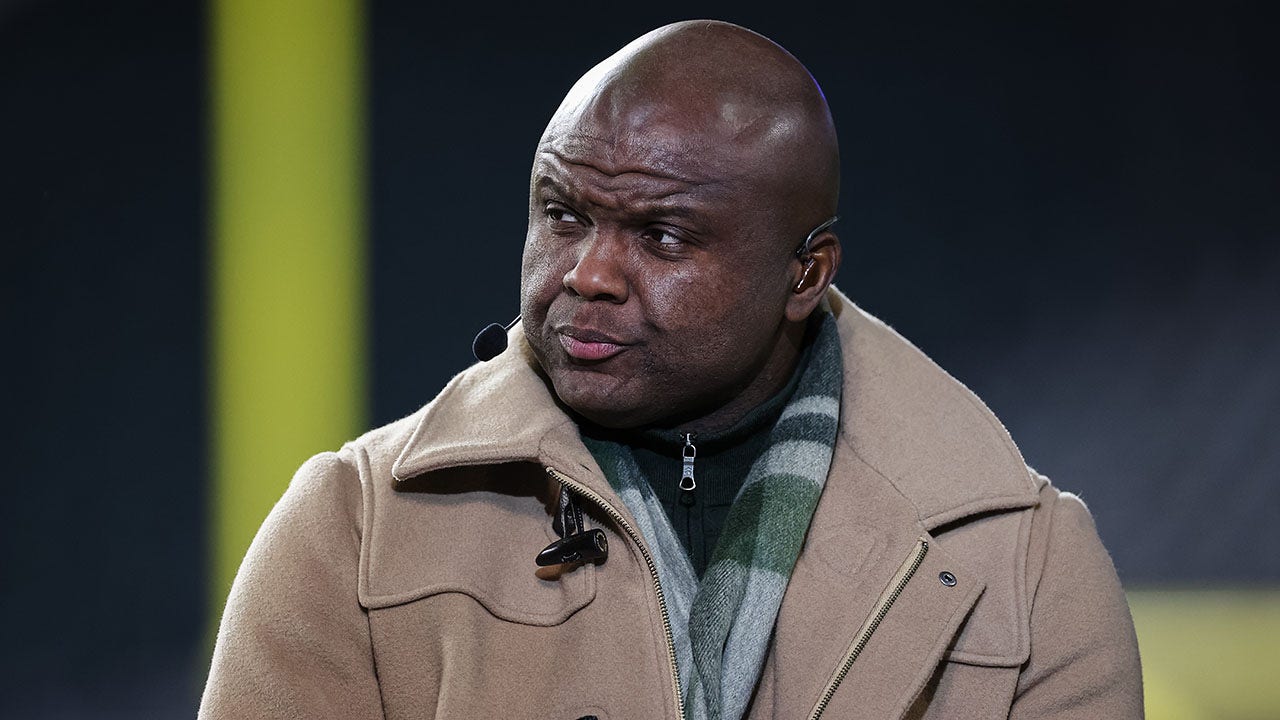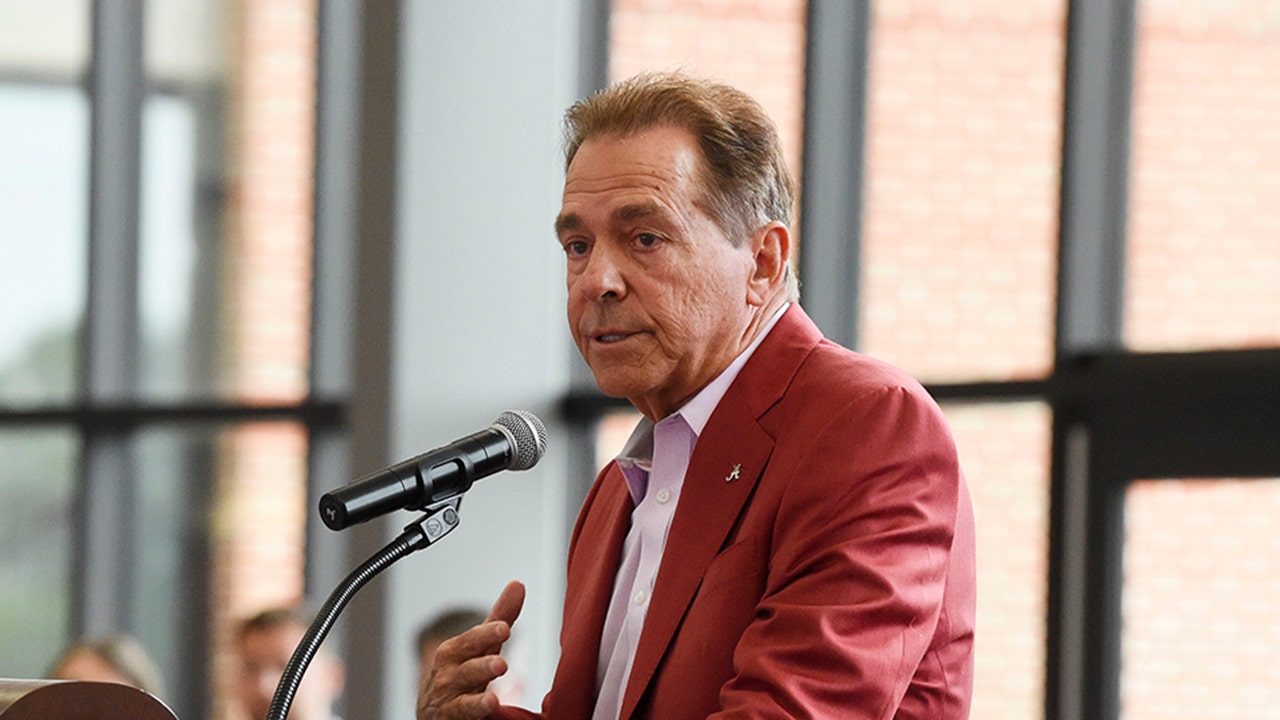In a thrilling concert of Russian staples on Friday night, the conductor Manfred Honeck unified the players of the New York Philharmonic using something we don’t often hear from the stage of David Geffen Hall: a distinct point of view.
Guest conductors arrive each week through a revolving door to present concerts with the Philharmonic after just a few rehearsals with the players. Ideally, an ensemble’s music director — in this case, Jaap van Zweden — provides continuity, but with repertoire that ranges across centuries in any given season, or indeed in any given program, the Philharmonic can sometimes appear faceless. Add the challenges of calibrating its sound to the acoustics of its new auditorium and you end up with some listless performances.
Enter Honeck, the music director of the Pittsburgh Symphony Orchestra. In a program that paired Tchaikovsky’s Fifth Symphony with Rachmaninoff’s beloved Second Piano Concerto, Honeck effortlessly coaxed sweep and sweetness, breadth and refinement, from the players. The concert had startling cohesion in its musical values.
A conductor known for his intense warmth in general and his rendition of Tchaikovsky’s Fifth in particular, Honeck brought the comfort of certitude to works composed in the shadow of doubt. In his sketches, Tchaikovsky noted that his symphony contains “reproaches against xxx,” which some read as struggles with rumors and anxiety about his sexuality. The Second Piano Concerto was the first piece Rachmaninoff wrote after the fiasco of his First Symphony; he dedicated it to the doctor who treated his creative block with hypnotherapy.
For an orchestra that sometimes only goes through the motions, this program was animated by an expressive meticulousness. The Philharmonic’s strings shaded melodies to make them truly sing by using a variety of dynamics within a single phrase. The woodwinds handed off phrases with snappy coordination. The brasses, which Honeck put to ominous use in the Tchaikovsky, snarled and shone, and the horns traced rainbow arcs over the stage in the Rachmaninoff.
Perhaps Honeck’s neatest trick was his ability to conjure lightness and amplitude at the same time. The strings’ opening melody in the Rachmaninoff had Romantic grandeur and beguiling translucence, blanketing but not muffling the piano’s arpeggios with gauzy tone. The waltz in the third movement of the Tchaikovsky was practically airborne, its elegantly asymmetrical melody generating an unlikely aerodynamic quality despite its sumptuousness.
The concert opened with the New York premiere of Katherine Balch’s “musica pyralis,” an evocation of an evening in the backyard of the composer’s Connecticut home. The piece was a study in shifting atmospheres, wispy, mysterious and fleeting, with the firefly twinkle of the piano, the ribbit-ribbit of low brasses and the hollow rustle of cellists rapping their fingers on the bodies of their instruments.
Honeck’s way of rallying the orchestra toward a big idea at times simplified what’s in the score. The woodwinds’ falling pattern in the first movement of the Tchaikovsky — a detail that adds texture and complexity — came across as a barely audible decoration.
Similarly, Beatrice Rana’s elegant handling of the solo piano in the Rachmaninoff didn’t always match Honeck’s high-Romantic conception. Rana anchored the opening with darkly rolling figures and strong downbeats, but over the course of the piece, she settled into feathery lightness and an almost impish delicacy. Her graceful, understated way of rounding off phrases was never less than lovely, though running triplets could be a bit prosaic.
The orchestra’s soloists, as usual, were dazzling. In the symphony’s slow second movement, Anthony McGill, the principal clarinet, carved arabesques with gleaming definition, and Stefan Jon Bernhardsson’s horn solo was achingly dignified.
But Honeck could make an entire section sound soloistic in its unanimity. When the strings took the famous melody of resigned heartache in the concerto’s Adagio sostenuto, their tone glistened and their phrasing pulsated as they committed to a single gesture, sincerely felt.















































